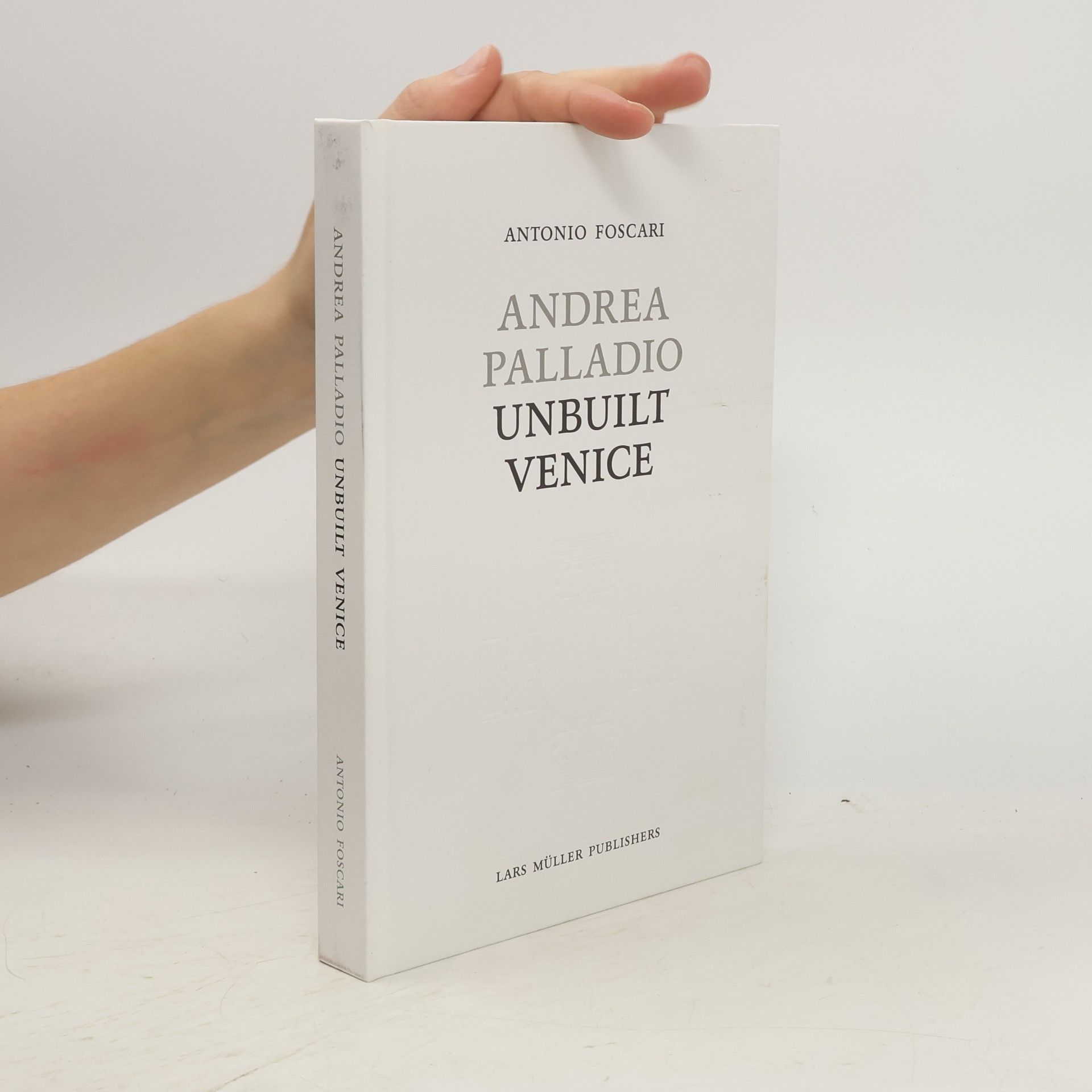Andrea Palladio - Unbuilt Venice
- 288pages
- 11 heures de lecture
"Any attempt to sum up Andrea Palladio's creative achievements is invariably distorted by the fact that some of the greatest projects of his mature years were never built. For the most part, these unfinished works were in Venice. They include the patriarchal Church of San Pietro di Castello, the reorganisation of the Rialto district at the commercial and financial heart of the city, a church that would have overlooked the Grand Canal and, lastly, the monumental complex of the monastery for the Lateran Canons, the Convento della Carità. Antonio Foscari has now restored the balance by charting the course of Andrea Palladio's remarkable life and prodigious oeuvre in a way that sheds new light on all his works while also recognising a number of previously unclassified drawings. The books culminates with an attempt, unprecedented in over four hundred years of Palladian studies, to reconstruct the project that Palladio, in the autumn of his life, held to be the supreme testimonial of his creativity: the rebuilding of the Doge's Palace in Venice."--P. [4] of cover.

